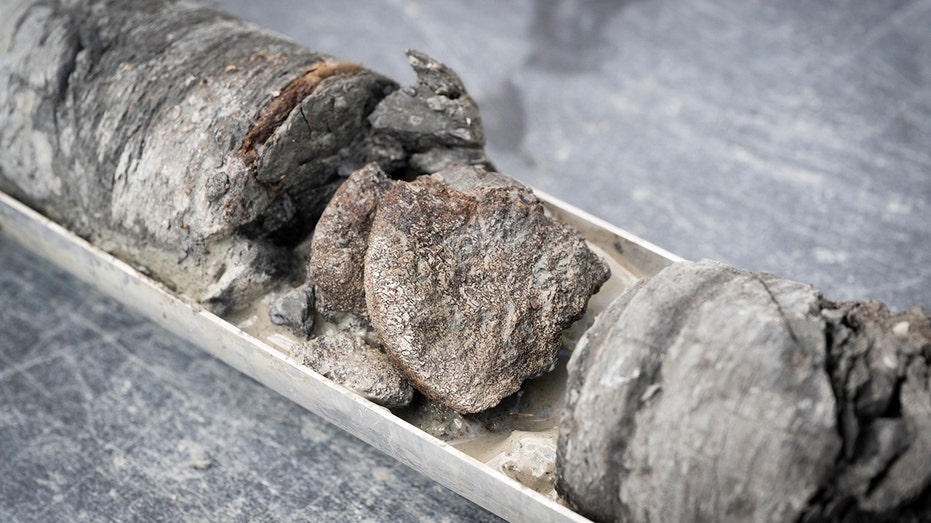Spike in Earthquakes at Washington's Mount Adams Prompts Heightened Monitoring

Sarah Johnson
March 3, 2025
Brief
Mount Adams in Washington experiences a record spike in earthquakes, prompting enhanced seismic monitoring. Scientists install new stations, but USGS reassures public as volcano alert remains normal.
Scientists have ramped up monitoring efforts at Washington State's Mount Adams following an unusual spike in seismic activity. Typically, this volcano sees one earthquake every two to three years. But September shook things up with six earthquakes in a single month—the busiest seismic month since tracking began in 1982, according to the U.S. Geological Survey (USGS).
These quakes, tracked by the USGS Cascades Volcano Observatory (CVO) and the Pacific Northwest Seismic Network (PNSN), came in at magnitudes between 0.9 and 2.0. While they weren’t strong enough to be felt at the surface, the uptick has caught the attention of scientists. The monitoring around Mount Adams, however, relies on just one seismic station, which limits the ability to deeply analyze the activity.
To address this, CVO and PNSN are planning to install temporary seismic stations around the volcano. These will help detect smaller quakes and provide more accurate data on their size, depth, and location. With approval from the U.S. Forest Service, these stations will be placed to the south and southwest of Mount Adams. Once operational, the data will feed directly into monitoring systems in real-time, giving scientists a clearer picture of what’s happening beneath the surface.
Despite the spike in seismic activity, the USGS has reassured the public that there’s no immediate cause for alarm. The volcano’s alert level remains at Green, or Normal. Mount Adams, located about 50 miles west-southwest of Yakima, Washington, stands as the second-tallest volcano in the state and also boasts the title of Washington’s largest active volcano in terms of volume and area.
Over the past 12,000 years, Mount Adams has seen four lava flows and two vent eruptions along its southern ridge, with the last eruption occurring somewhere between 3,800 and 7,600 years ago. Unlike Mount St. Helens' dramatic 1980 eruption, Mount Adams' flows have been relatively subdued, usually traveling only a few miles from their origin points.
However, the real trouble for those living nearby isn’t just lava—it’s lahars. These muddy flows of rock, ash, and ice can rush downstream as fast-moving, destructive torrents, resembling liquid concrete. The ice-capped summit hides large volumes of weakened rock, which could potentially collapse in landslides and trigger these devastating flows. So, while the mountain may seem calm for now, it’s always keeping locals on their toes.
Topics
Editor's Comments
Nature sure knows how to keep scientists guessing, doesn’t it? Mount Adams may not be throwing a volcanic tantrum just yet, but the lahars hiding under that icy summit are like a ticking clock—unpredictable and potentially devastating. It’s a good thing the scientists are stepping up their game with those seismic stations. Also, six earthquakes in a month? This mountain clearly wanted some attention!
Like this article? Share it with your friends!
If you find this article interesting, feel free to share it with your friends!
Thank you for your support! Sharing is the greatest encouragement for us.



